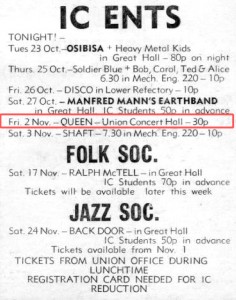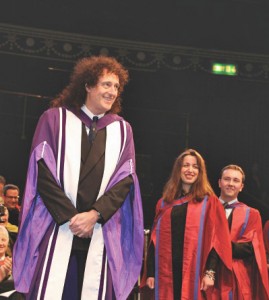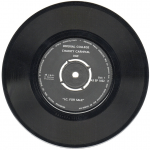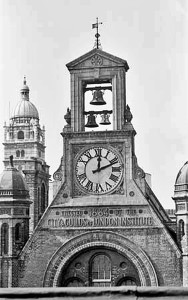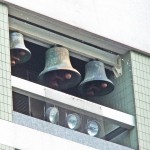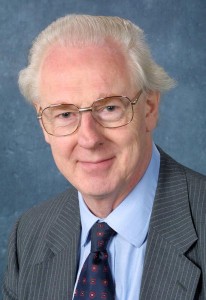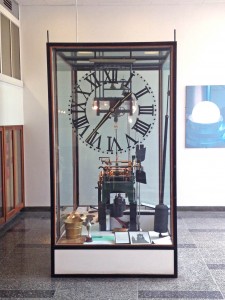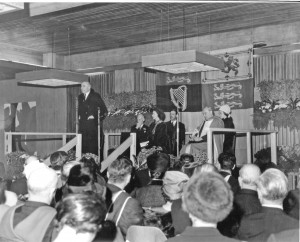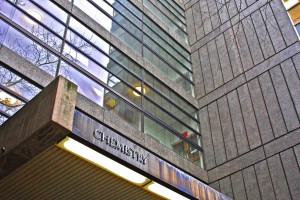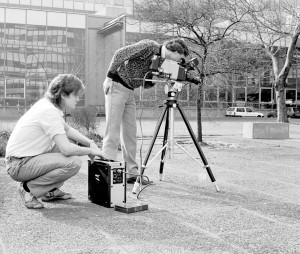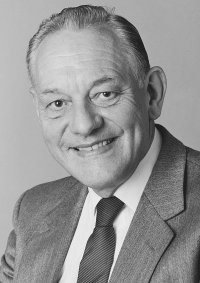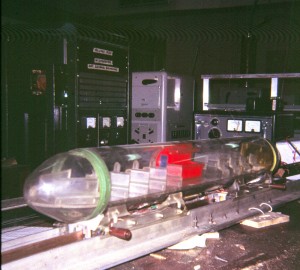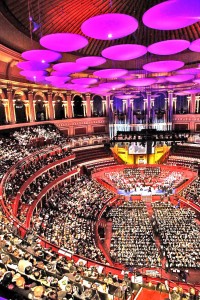Back in early 1982 a tenuous link with the History of Science and Technology division brought forth an idea to make a series of videos designed for schools. Colleague Dr Kathy (Kathleen) Burk had links with a publishing company based in Wiltshire. They produced mainly audiotapes on history and some on music. They had started to venture into videos but with limited success from both the technical and production viewpoint (they had no production facilities of their own).
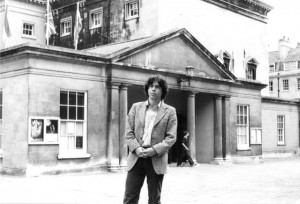
It was therefore suggested that because of the Imperial College connection with the company there might be some merits in linking together our combined skills: History; Publications & Marketing and Video Production. So a compromise was reached over the production of 8 videos between 1982 to 1990.
In this entry I’ll be showing you two videos made between 1982 and 1984. Simon Schaffer has become a well known presenter on broadcast television with series such as the 2004 “Light Fantastic” shown on BBC TV. But back in 1982 he had only recently joined Imperial College in the History of Science and Technology division. Kathy Burk asked him to consider making one of the videos for schools and so we produced the 1982 video called Science and the English Enlightenment.
It was shot in various locations, including Greenwich Park, the Science Museum and Bath at the Royal Crescent, the Assembly Rooms and at the home (and now museum) of William Herschel. This all sounds amazing but our budget was a maximum of £1000 and this had to pay for transport, accommodation and fees to places like the royal parks commission for permission to shoot at Greenwich.
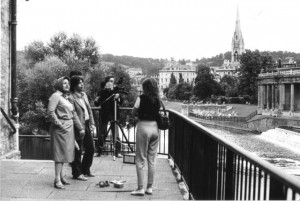
So, we didn’t have a great deal of change at the end of the production. We did however get a small amount of money from a share in profits from the sales of the videos to schools and colleges both in the UK and overseas. All this was early days for us in video production terms. We had limited resources and shooting outside and running on battery power was still new to us. Editing too was limited enabling only cuts or ‘split’ edits between pre-recorded segments. Voice-overs were also not that simple when faced with only two audio tracks on the master tape. But we managed and the tapes have survived these 30 years to be watched yet again.
One final video was made and completed with Simon Schaffer in 1984. It was on his main subject area of Sir Isaac Newton. Again, the video was shot on location at key places in the life of Newton: Woolsthorpe Manor where he was born in 1642 and Trinity College Cambridge where Simon now works. Once again the budget was the same, so production values were not as great as would have been desired. Here then is Isaac Newton: His life and work, shot during August and November 1983.
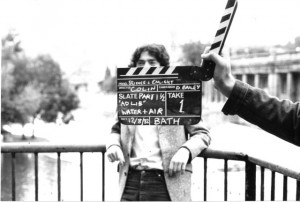
Since completing this entry I have discovered that I still have all of the original rushes (original footage shot on the day) of the sequences at Woolsthorpe Manor. Simon shot the opening sequence about 6 times, not all his fault I must say as we had more than a few technical problems with sound. No radiomics were available, so he was connected via a very long cable to the videorecorder! Look carefully at the section recorded in Newton’s study to see what I mean about microphone cables. Maybe one day I’ll show a few out-takes from that last sequence in a special blog entry…
You can find the other videos in the schools series within the Youtube Archive Playlist.
Colin Grimshaw January 2013



